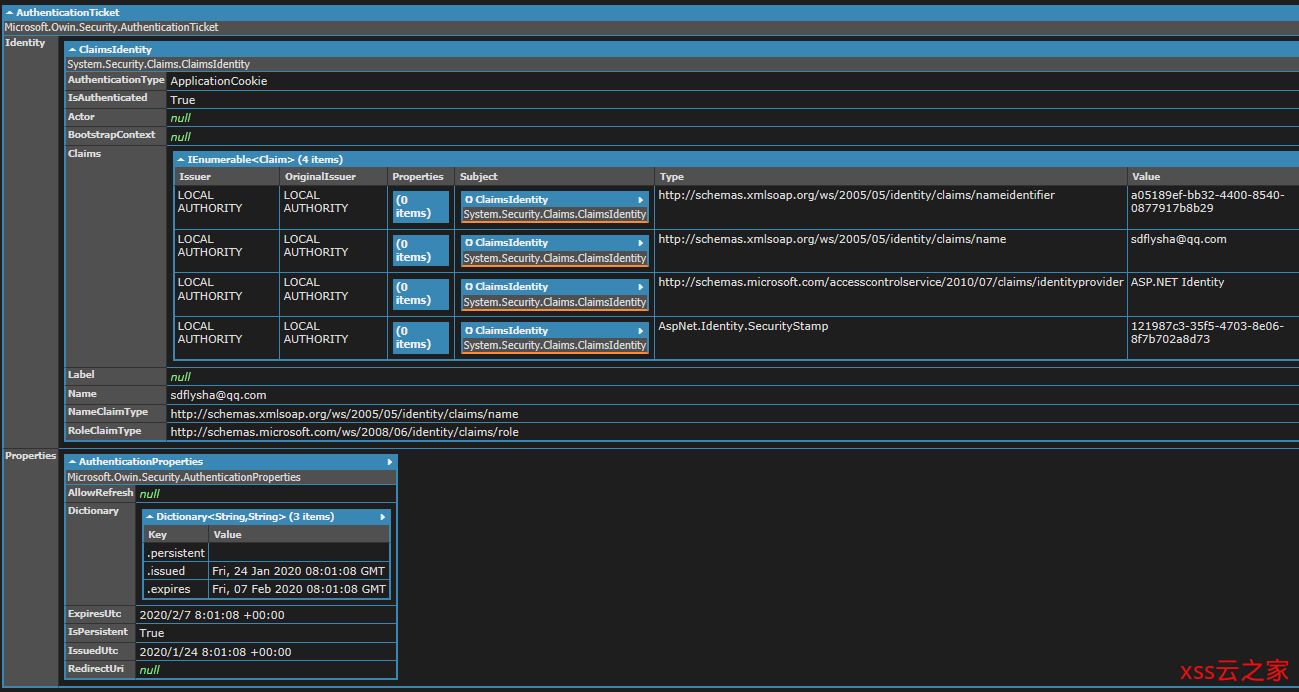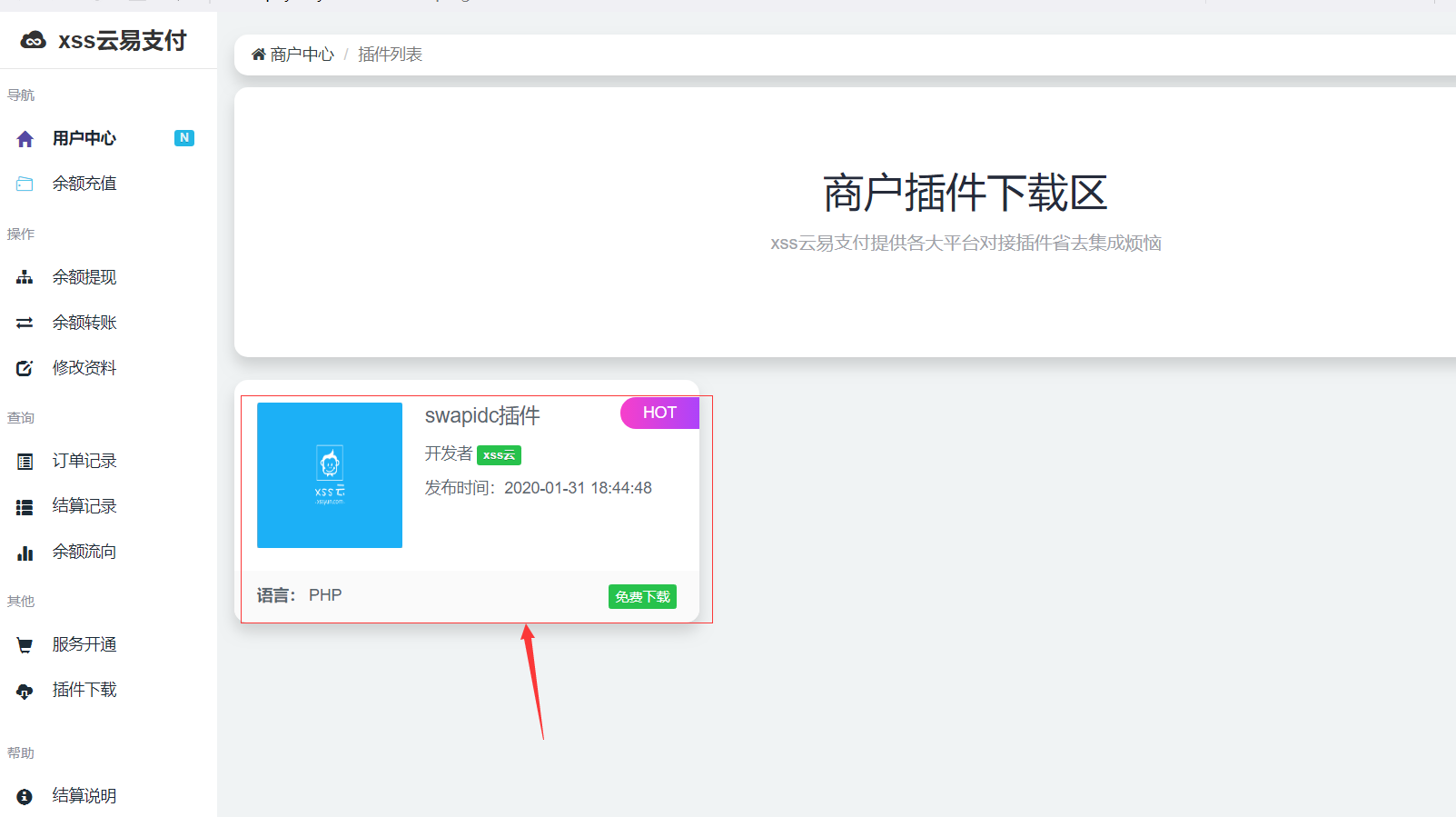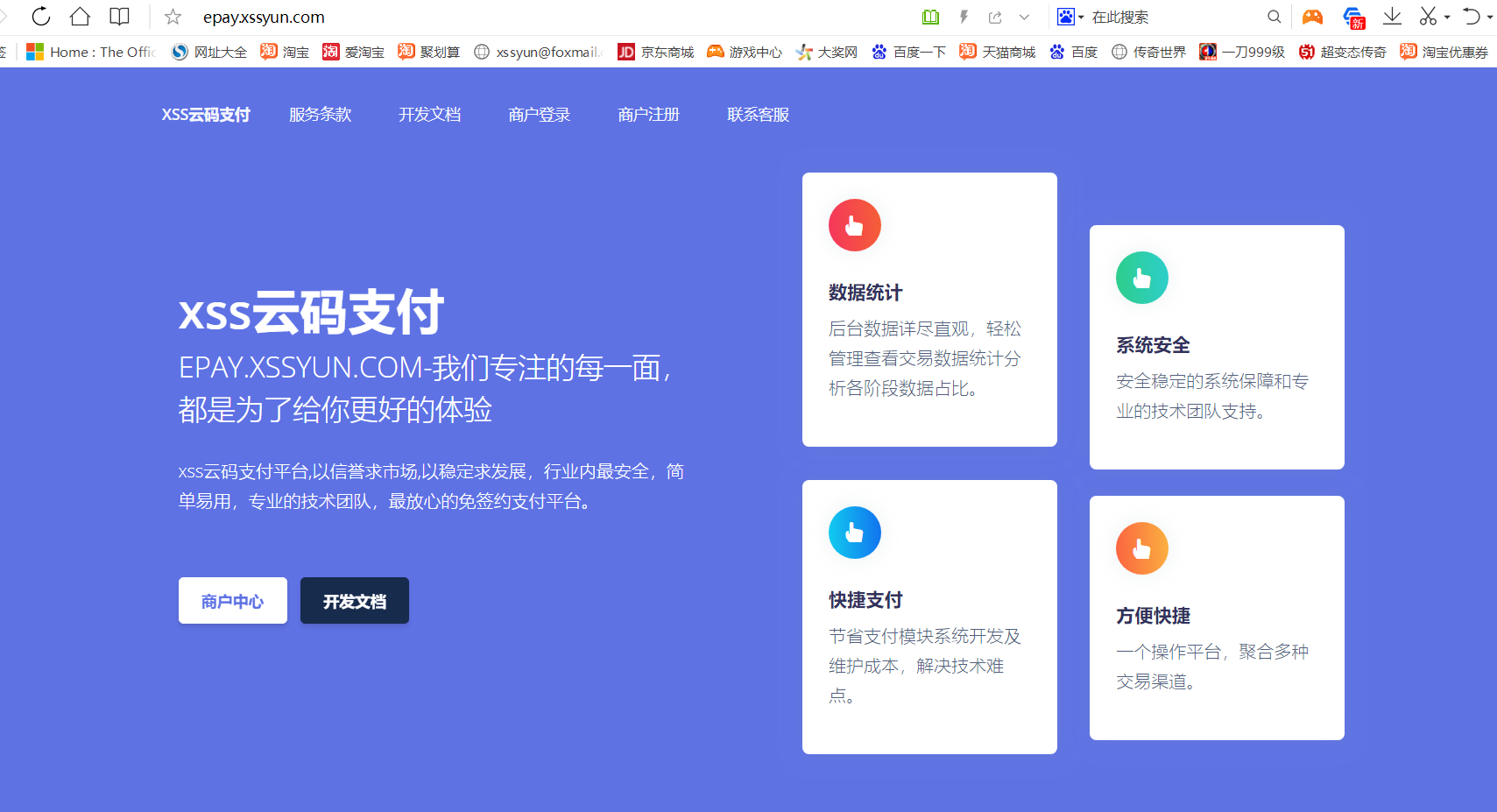EFK教程(5) – ES集群开启用户认证
ASP.NET Cookie是怎么生成的
可能有人知道Cookie的生成由machineKey有关,machineKey用于决定Cookie生成的算法和密钥,并如果使用多台服务器做负载均衡时,必须指定一致的machineKey用于解密,那么这个过程到底是怎样的呢?
如果需要在.NET Core中使用ASP.NET Cookie,本文将提到的内容也将是一些必经之路。
抽丝剥茧,一步一步分析
首先用户通过AccountController->Login进行登录:
//
// POST: /Account/Login
public async Task<ActionResult> Login(LoginViewModel model, string returnUrl)
{
if (!ModelState.IsValid)
{
return View(model);
}
var result = await SignInManager.PasswordSignInAsync(model.Email, model.Password, model.RememberMe, shouldLockout: false);
switch (result)
{
case SignInStatus.Success:
return RedirectToLocal(returnUrl);
// ......省略其它代码
}
}它调用了SignInManager的PasswordSignInAsync方法,该方法代码如下(有删减):
public virtual async Task<SignInStatus> PasswordSignInAsync(string userName, string password, bool isPersistent, bool shouldLockout)
{
// ...省略其它代码
if (await UserManager.CheckPasswordAsync(user, password).WithCurrentCulture())
{
if (!await IsTwoFactorEnabled(user))
{
await UserManager.ResetAccessFailedCountAsync(user.Id).WithCurrentCulture();
}
return await SignInOrTwoFactor(user, isPersistent).WithCurrentCulture();
}
// ...省略其它代码
return SignInStatus.Failure;
}想浏览原始代码,可参见官方的Github链接:https://github.com/aspnet/AspNetIdentity/blob/master/src/Microsoft.AspNet.Identity.Owin/SignInManager.cs#L235-L276
可见它先需要验证密码,密码验证正确后,它调用了SignInOrTwoFactor方法,该方法代码如下:
private async Task<SignInStatus> SignInOrTwoFactor(TUser user, bool isPersistent)
{
var id = Convert.ToString(user.Id);
if (await IsTwoFactorEnabled(user) && !await AuthenticationManager.TwoFactorBrowserRememberedAsync(id).WithCurrentCulture())
{
var identity = new ClaimsIdentity(DefaultAuthenticationTypes.TwoFactorCookie);
identity.AddClaim(new Claim(ClaimTypes.NameIdentifier, id));
AuthenticationManager.SignIn(identity);
return SignInStatus.RequiresVerification;
}
await SignInAsync(user, isPersistent, false).WithCurrentCulture();
return SignInStatus.Success;
}该代码只是判断了是否需要做双重验证,在需要双重验证的情况下,它调用了AuthenticationManager的SignIn方法;否则调用SignInAsync方法。SignInAsync的源代码如下:
public virtual async Task SignInAsync(TUser user, bool isPersistent, bool rememberBrowser)
{
var userIdentity = await CreateUserIdentityAsync(user).WithCurrentCulture();
// Clear any partial cookies from external or two factor partial sign ins
AuthenticationManager.SignOut(DefaultAuthenticationTypes.ExternalCookie, DefaultAuthenticationTypes.TwoFactorCookie);
if (rememberBrowser)
{
var rememberBrowserIdentity = AuthenticationManager.CreateTwoFactorRememberBrowserIdentity(ConvertIdToString(user.Id));
AuthenticationManager.SignIn(new AuthenticationProperties { IsPersistent = isPersistent }, userIdentity, rememberBrowserIdentity);
}
else
{
AuthenticationManager.SignIn(new AuthenticationProperties { IsPersistent = isPersistent }, userIdentity);
}
}可见,最终所有的代码都是调用了AuthenticationManager.SignIn方法,所以该方法是创建Cookie的关键。
AuthenticationManager的实现定义在Microsoft.Owin中,因此无法在ASP.NET Identity中找到其源代码,因此我们打开Microsoft.Owin的源代码继续跟踪(有删减):
public void SignIn(AuthenticationProperties properties, params ClaimsIdentity[] identities)
{
AuthenticationResponseRevoke priorRevoke = AuthenticationResponseRevoke;
if (priorRevoke != null)
{
// ...省略不相关代码
AuthenticationResponseRevoke = new AuthenticationResponseRevoke(filteredSignOuts);
}
AuthenticationResponseGrant priorGrant = AuthenticationResponseGrant;
if (priorGrant == null)
{
AuthenticationResponseGrant = new AuthenticationResponseGrant(new ClaimsPrincipal(identities), properties);
}
else
{
// ...省略不相关代码
AuthenticationResponseGrant = new AuthenticationResponseGrant(new ClaimsPrincipal(mergedIdentities), priorGrant.Properties);
}
}AuthenticationManager的Github链接如下:https://github.com/aspnet/AspNetKatana/blob/c33569969e79afd9fb4ec2d6bdff877e376821b2/src/Microsoft.Owin/Security/AuthenticationManager.cs
可见它用到了AuthenticationResponseGrant,继续跟踪可以看到它实际是一个属性:
public AuthenticationResponseGrant AuthenticationResponseGrant
{
// 省略get
set
{
if (value == null)
{
SignInEntry = null;
}
else
{
SignInEntry = Tuple.Create((IPrincipal)value.Principal, value.Properties.Dictionary);
}
}
}发现它其实是设置了SignInEntry,继续追踪:
public Tuple<IPrincipal, IDictionary<string, string>> SignInEntry
{
get { return _context.Get<Tuple<IPrincipal, IDictionary<string, string>>>(OwinConstants.Security.SignIn); }
set { _context.Set(OwinConstants.Security.SignIn, value); }
}其中,_context的类型为IOwinContext,OwinConstants.Security.SignIn的常量值为"security.SignIn"。
跟踪完毕……
啥?跟踪这么久,居然跟丢啦!?
当然没有!但接下来就需要一定的技巧了。
原来,ASP.NET是一种中间件(Middleware)模型,在这个例子中,它会先处理MVC中间件,该中间件处理流程到设置AuthenticationResponseGrant/SignInEntry为止。但接下来会继续执行CookieAuthentication中间件,该中间件的核心代码在aspnet/AspNetKatana仓库中可以看到,关键类是CookieAuthenticationHandler,核心代码如下:
protected override async Task ApplyResponseGrantAsync()
{
AuthenticationResponseGrant signin = Helper.LookupSignIn(Options.AuthenticationType);
// ... 省略部分代码
if (shouldSignin)
{
var signInContext = new CookieResponseSignInContext(
Context,
Options,
Options.AuthenticationType,
signin.Identity,
signin.Properties,
cookieOptions);
// ... 省略部分代码
model = new AuthenticationTicket(signInContext.Identity, signInContext.Properties);
// ... 省略部分代码
string cookieValue = Options.TicketDataFormat.Protect(model);
Options.CookieManager.AppendResponseCookie(
Context,
Options.CookieName,
cookieValue,
signInContext.CookieOptions);
}
// ... 又省略部分代码
}这个原始函数有超过200行代码,这里我省略了较多,但保留了关键、核心部分,想查阅原始代码可以移步Github链接:https://github.com/aspnet/AspNetKatana/blob/0fc4611e8b04b73f4e6bd68263e3f90e1adfa447/src/Microsoft.Owin.Security.Cookies/CookieAuthenticationHandler.cs#L130-L313
这里挑几点最重要的讲。
与MVC建立关系
建立关系的核心代码就是第一行,它从上文中提到的位置取回了AuthenticationResponseGrant,该Grant保存了Claims、AuthenticationTicket等Cookie重要组成部分:
AuthenticationResponseGrant signin = Helper.LookupSignIn(Options.AuthenticationType);继续查阅LookupSignIn源代码,可看到,它就是从上文中的AuthenticationManager中取回了AuthenticationResponseGrant(有删减):
public AuthenticationResponseGrant LookupSignIn(string authenticationType)
{
// ...
AuthenticationResponseGrant grant = _context.Authentication.AuthenticationResponseGrant;
// ...
foreach (var claimsIdentity in grant.Principal.Identities)
{
if (string.Equals(authenticationType, claimsIdentity.AuthenticationType, StringComparison.Ordinal))
{
return new AuthenticationResponseGrant(claimsIdentity, grant.Properties ?? new AuthenticationProperties());
}
}
return null;
}如此一来,柳暗花明又一村,所有的线索就立即又明朗了。
Cookie的生成
从AuthenticationTicket变成Cookie字节串,最关键的一步在这里:
string cookieValue = Options.TicketDataFormat.Protect(model);在接下来的代码中,只提到使用CookieManager将该Cookie字节串添加到Http响应中,翻阅CookieManager可以看到如下代码:
public void AppendResponseCookie(IOwinContext context, string key, string value, CookieOptions options)
{
if (context == null)
{
throw new ArgumentNullException("context");
}
if (options == null)
{
throw new ArgumentNullException("options");
}
IHeaderDictionary responseHeaders = context.Response.Headers;
// 省去“1万”行计算chunk和处理细节的流程
responseHeaders.AppendValues(Constants.Headers.SetCookie, chunks);
}有兴趣的朋友可以访问Github看原始版本的代码:https://github.com/aspnet/AspNetKatana/blob/0fc4611e8b04b73f4e6bd68263e3f90e1adfa447/src/Microsoft.Owin/Infrastructure/ChunkingCookieManager.cs#L125-L215
概率统计——期望、方差与最小二乘法
可见这个实现比较……简单,就是往Response.Headers中加了个头,重点只要看TicketDataFormat.Protect方法即可。
逐渐明朗
该方法源代码如下:
public string Protect(TData data)
{
byte[] userData = _serializer.Serialize(data);
byte[] protectedData = _protector.Protect(userData);
string protectedText = _encoder.Encode(protectedData);
return protectedText;
}可见它依赖于_serializer、_protector、_encoder三个类,其中,_serializer的关键代码如下:
public virtual byte[] Serialize(AuthenticationTicket model)
{
using (var memory = new MemoryStream())
{
using (var compression = new GZipStream(memory, CompressionLevel.Optimal))
{
using (var writer = new BinaryWriter(compression))
{
Write(writer, model);
}
}
return memory.ToArray();
}
}其本质是进行了一次二进制序列化,并紧接着进行了gzip压缩,确保Cookie大小不要失去控制(因为.NET的二进制序列化结果较大,并且微软喜欢搞xml,更大)。
然后来看一下_encoder源代码:
public string Encode(byte[] data)
{
if (data == null)
{
throw new ArgumentNullException("data");
}
return Convert.ToBase64String(data).TrimEnd('=').Replace('+', '-').Replace('/', '_');
}可见就是进行了一次简单的base64-url编码,注意该编码把=号删掉了,所以在base64-url解码时,需要补=号。
这两个都比较简单,稍复杂的是_protector,它的类型是IDataProtector。
IDataProtector
它在CookieAuthenticationMiddleware中进行了初始化,创建代码和参数如下:
IDataProtector dataProtector = app.CreateDataProtector(
typeof(CookieAuthenticationMiddleware).FullName,
Options.AuthenticationType, "v1");注意它传了三个参数,第一个参数是CookieAuthenticationMiddleware的FullName,也就是"Microsoft.Owin.Security.Cookies.CookieAuthenticationMiddleware",第二个参数如果没定义,默认值是CookieAuthenticationDefaults.AuthenticationType,该值为定义为"Cookies"。
但是,在默认创建的ASP.NET MVC模板项目中,该值被重新定义为ASP.NET Identity的默认值,即"ApplicationCookie",需要注意。
然后来看看CreateDataProtector的源码:
public static IDataProtector CreateDataProtector(this IAppBuilder app, params string[] purposes)
{
if (app == null)
{
throw new ArgumentNullException("app");
}
IDataProtectionProvider dataProtectionProvider = GetDataProtectionProvider(app);
if (dataProtectionProvider == null)
{
dataProtectionProvider = FallbackDataProtectionProvider(app);
}
return dataProtectionProvider.Create(purposes);
}
public static IDataProtectionProvider GetDataProtectionProvider(this IAppBuilder app)
{
if (app == null)
{
throw new ArgumentNullException("app");
}
object value;
if (app.Properties.TryGetValue("security.DataProtectionProvider", out value))
{
var del = value as DataProtectionProviderDelegate;
if (del != null)
{
return new CallDataProtectionProvider(del);
}
}
return null;
}可见它先从IAppBuilder的"security.DataProtectionProvider"属性中取一个IDataProtectionProvider,否则使用DpapiDataProtectionProvider。
我们翻阅代码,在OwinAppContext中可以看到,该值被指定为MachineKeyDataProtectionProvider:
builder.Properties[Constants.SecurityDataProtectionProvider] = new MachineKeyDataProtectionProvider().ToOwinFunction();文中的Constants.SecurityDataProtectionProvider,刚好就被定义为"security.DataProtectionProvider"。
我们翻阅MachineKeyDataProtector的源代码,刚好看到它依赖于MachineKey:
internal class MachineKeyDataProtector
{
private readonly string[] _purposes;
public MachineKeyDataProtector(params string[] purposes)
{
_purposes = purposes;
}
public virtual byte[] Protect(byte[] userData)
{
return MachineKey.Protect(userData, _purposes);
}
public virtual byte[] Unprotect(byte[] protectedData)
{
return MachineKey.Unprotect(protectedData, _purposes);
}
}最终到了我们的老朋友MachineKey。
逆推过程,破解Cookie
首先总结一下这个过程,对一个请求在Mvc中的流程来说,这些代码集中在ASP.NET Identity中,它会经过:
AccountControllerSignInManagerAuthenticationManager- 设置
AuthenticationResponseGrant
然后进入CookieAuthentication的流程,这些代码集中在Owin中,它会经过:
CookieAuthenticationMiddleware(读取AuthenticationResponseGrant)ISecureDataFormat(实现类:SecureDataFormat<T>)IDataSerializer(实现类:TicketSerializer)IDataProtector(实现类:MachineKeyDataProtector)ITextEncoder(实现类:Base64UrlTextEncoder)
这些过程,结果上文中找到的所有参数的值,我总结出的“祖传破解代码”如下:
string cookie = "nZBqV1M-Az7yJezhb6dUzS_urj1urB0GDufSvDJSa0pv27CnDsLHRzMDdpU039j6ApL-VNfrJULfE85yU9RFzGV_aAGXHVkGckYqkCRJUKWV8SqPEjNJ5ciVzW--uxsCBNlG9jOhJI1FJIByRzYJvidjTYABWFQnSSd7XpQRjY4lb082nDZ5lwJVK3gaC_zt6H5Z1k0lUFZRb6afF52laMc___7BdZ0mZSA2kRxTk1QY8h2gQh07HqlR_p0uwTFNKi0vW9NxkplbB8zfKbfzDj7usep3zAeDEnwofyJERtboXgV9gIS21fLjc58O-4rR362IcCi2pYjaKHwZoO4LKWe1bS4r1tyzW0Ms-39Njtiyp7lRTN4HUHMUi9PxacRNgVzkfK3msTA6LkCJA3VwRm_UUeC448Lx5pkcCPCB3lGat_5ttGRjKD_lllI-YE4esXHB5eJilJDIZlEcHLv9jYhTl17H0Jl_H3FqXyPQJR-ylQfh";
var bytes = TextEncodings.Base64Url.Decode(cookie);
var decrypted = MachineKey.Unprotect(bytes,
"Microsoft.Owin.Security.Cookies.CookieAuthenticationMiddleware",
"ApplicationCookie",
"v1");
var serializer = new TicketSerializer();
var ticket = serializer.Deserialize(decrypted);
ticket.Dump(); // Dump为LINQPad专有函数,用于方便调试显示,此处可以用循环输出代替运行前请设置好app.config/web.config中的machineKey节点,并安装NuGet包:Microsoft.Owin.Security,运行结果如下(完美破解):

总结
学习方式有很多种,其中看代码是我个人非常喜欢的一种方式,并非所有代码都会一马平川。像这个例子可能还需要有一定ASP.NET知识背景。
注意这个“祖传代码”是基于.NET Framework,由于其用到了MachineKey,因此无法在.NET Core中运行。我稍后将继续深入聊聊MachineKey这个类,看它底层代码是如何工作的,然后最终得以在.NET Core中直接破解ASP.NET Identity中的Cookie,敬请期待!
喜欢的朋友请关注我的微信公众号:【DotNet骚操作】

最后,在新的一年里,祝大家阖家欢乐,鼠年大吉!
大数据开发环境需要的安装包合集,亲测没问题










![[AI开发]小型数据集解决实际工程问题——交通拥堵、交通事故实时告警-xss云之家](https://png.xssyun.com/xssyun/2020/1/FnY3ee.gif?x-oss-process=style/anjian)




